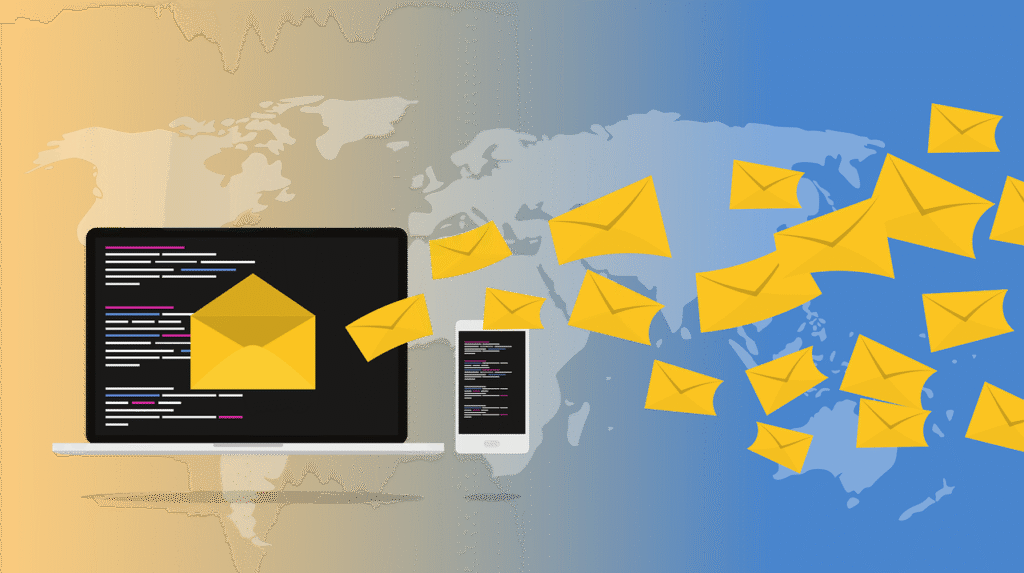Can I Integrate A Newsletter Service With My CRM?

Introduction
Have you ever wondered if you can integrate a newsletter service with your CRM (Customer Relationship Management) software? The answer is yes! Integrating a newsletter service with your CRM can help you streamline your communication efforts and improve your marketing strategies. In this article, we will discuss the benefits of integrating these two platforms and provide you with a step-by-step guide on how to do it.
Benefits of Integrating a Newsletter Service with Your CRM
Integrating a newsletter service with your CRM offers a wide range of benefits for your business. By combining these two platforms, you can create a seamless flow of data between your marketing and sales efforts, leading to improved efficiency and effectiveness in your communication strategies. Additionally, integrating these platforms can help you better track and analyze the success of your email campaigns, allowing you to make data-driven decisions for future marketing initiatives.
Improved Data Management
One of the key benefits of integrating a newsletter service with your CRM is improved data management. By syncing these platforms, you can ensure that all customer information is up to date and accurate across all of your systems. This not only eliminates the risk of duplicate data entry but also allows you to have a comprehensive view of each customer’s interactions with your business, leading to more personalized and targeted communication.
Enhanced Email Marketing Campaigns
Integrating your newsletter service with your CRM can also help you create more targeted and personalized email marketing campaigns. By leveraging the data stored in your CRM, you can segment your email lists based on specific criteria such as purchase history, website interactions, or demographic information. This level of personalization can lead to higher engagement rates and ultimately drive more conversions for your business.

Streamlined Communication
Another benefit of integrating a newsletter service with your CRM is streamlined communication. With both platforms working together, you can ensure that your marketing and sales teams are on the same page when it comes to customer interactions. This cohesion can lead to more effective communication strategies, resulting in a smoother customer experience and ultimately, increased customer satisfaction.
Step-by-Step Guide to Integrating a Newsletter Service with Your CRM
Now that you understand the benefits of integrating a newsletter service with your CRM, let’s walk through a step-by-step guide on how to do it. Follow these instructions to seamlessly connect your platforms and start reaping the benefits of this integration.
Step 1: Choose the Right Newsletter Service
Before you can integrate your newsletter service with your CRM, you need to select the right newsletter service provider. Consider factors such as pricing, features, and integration capabilities when making your decision. Popular newsletter services that offer CRM integrations include Mailchimp, Constant Contact, and HubSpot.
Step 2: Connect Your CRM
Once you have chosen your newsletter service, the next step is to connect it to your CRM. Most newsletter services offer integrations with popular CRM platforms such as Salesforce, Zoho, and Microsoft Dynamics. Follow the instructions provided by your newsletter service to connect it to your CRM and ensure that the integration is successful.
Step 3: Sync Your Data
After you have connected your newsletter service to your CRM, it’s time to sync your data. This step involves mapping the fields in your CRM to the corresponding fields in your newsletter service to ensure that data is transferred accurately between the two platforms. This will help you maintain consistency in your customer records and ensure that your email campaigns are properly targeted.
Step 4: Set Up Automated Workflows
To maximize the benefits of integrating your newsletter service with your CRM, consider setting up automated workflows. Automated workflows can help you streamline your communication efforts by triggering specific actions based on customer behavior or interactions. For example, you can set up workflows to automatically send follow-up emails after a customer makes a purchase or to notify your sales team when a lead engages with a specific email campaign.
Step 5: Monitor and Analyze Your Results
Once you have integrated your newsletter service with your CRM and set up automated workflows, it’s important to monitor and analyze the results of your email campaigns. Use the reporting features in your newsletter service and CRM to track key metrics such as open rates, click-through rates, and conversions. This data can help you identify areas for improvement and make informed decisions for future marketing initiatives.

Conclusion
In conclusion, integrating a newsletter service with your CRM can offer numerous benefits for your business, including improved data management, enhanced email marketing campaigns, and streamlined communication. By following the step-by-step guide provided in this article, you can seamlessly connect your platforms and start leveraging the power of this integration. So why wait? Take the first step towards better communication and marketing strategies by integrating your newsletter service with your CRM today.
